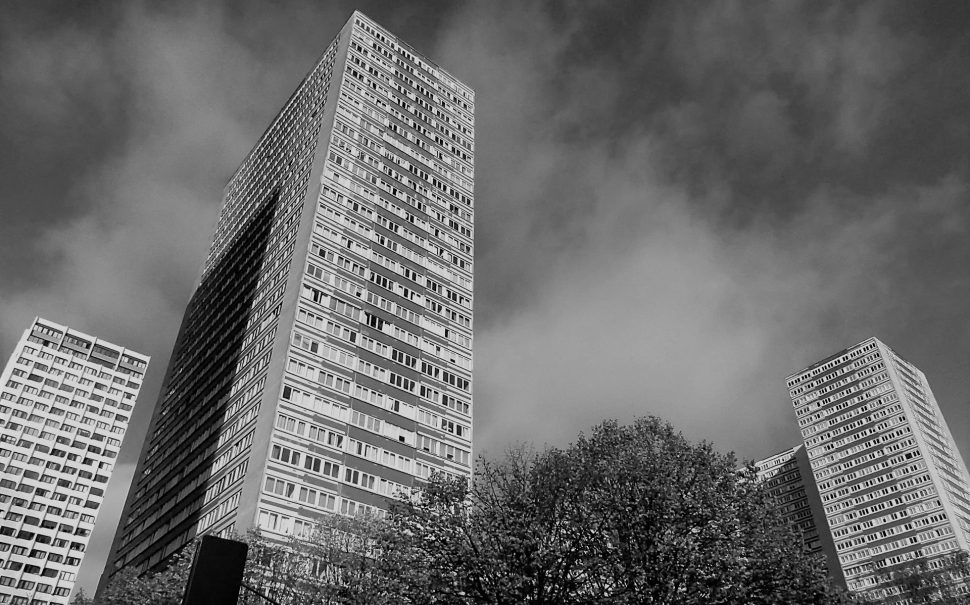Nestled around France’s major cities, the residents of the Banlieues sit and watch from the outskirts through slits of glass in their faceless high-rise flats. Meaning ‘suburbs’ in French, the Banlieues have come to symbolise the urban and societal failures of modern France struggling to come to terms with how it wants itself to look and what it wants itself to say.
It’s hard to imagine a starker contrast between the Banlieues of France and Manchester, yet its footprints can be found in many places in England’s northern capital.
Paul Pogba – the Manchester United starlet and seen as one of the clubs own having played for them at academy level since an early age – was born in the Parisian Banlieue of Lagny-sur-Marne.
Feelings of abandonment are shared in both areas too. Many in Manchester, and the North as a whole, feel largely forgotten by London in both politics, society and representation.
Those of the Banlieues forgotten too by decision makers in Paris – a pattern that has been a constant for decades, much the same as in Manchester.
Yet in two months’ time, France will decide a new president. With the rise of the far-right in French politics, it seems much of the country is becoming increasingly impatience with its immigrant population – many of which reside in the Banlieues.
These unique areas could well be a closely-watched battleground come April.
This chauvinistic rise, through faces like Marine Le Pen and Èric Zemmour, brings the placement of the Banlieues in the French identity into the conversation.
But how did we get here? Why are these areas seen to many as the backwaters of modern France? Can we find the answers to such in the sports and sportsmen of the country? And could the Banlieues decide how the future looks for France in the wake of election day?




